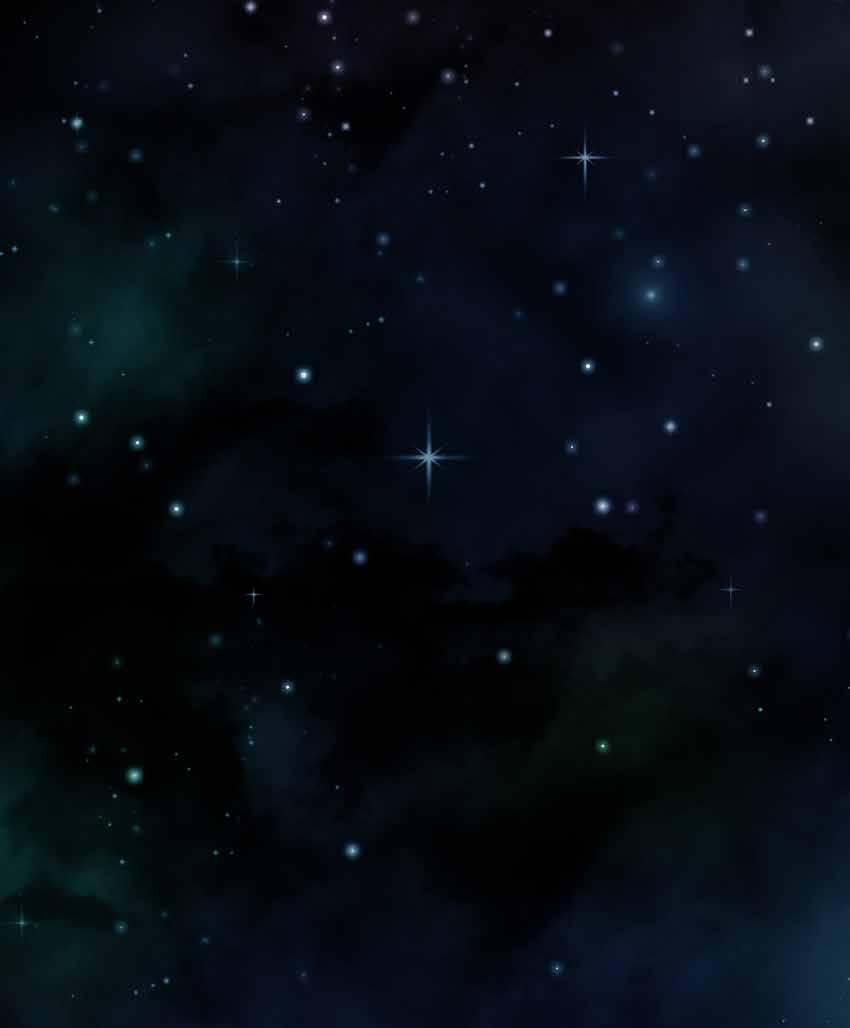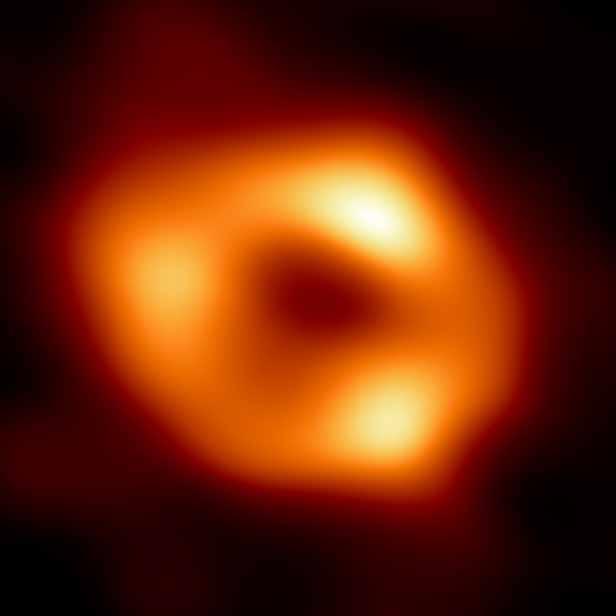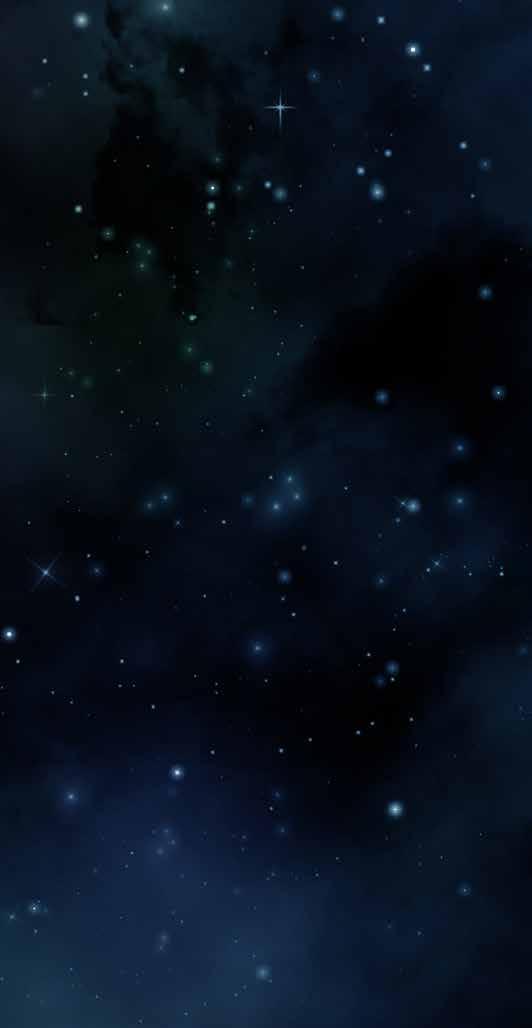
6 minute read
black holes with donald kurtz
BLACK HOLES
By: Donald Kurtz
Advertisement
When I was a student in the early 1970s I presented my first professional talk at a meeting of the American Astronomical Society. It was about a type of pulsating stars. The chair was Professor Martin Schwarzschild of Princeton University, one of the great astrophysicists of the 20th century.
Martin was of German Jewish ancestry, born in Potsdam in 1912. He escaped Germany in 1936 to the USA, where he worked in US army intelligence in WWII and was awarded a Legion of Merit. He also wrote a textbook on the structure and evolution of stars that I had learned from as an undergraduate.
Martin spoke in a loud, forceful way with a German accent. After my short talk he demanded, ``WHAT are these stars’ REASONS to PULSATE?''
I was terrified.
Since I had learned the answer from his textbook, I thought, "If he doesn't know, then what I am thinking cannot be right''. One of the senior astronomers in the audience told him the answer was very simple, and he said softly, "Oh, I missed that." I understood, on meeting him later years, that he was just being kind in providing a poor graduate student with an easy question.
Martin’s father, Karl Schwarzschild, is even better known. Although he died in 1916 (aged only 42 of an auto-immune disease contracted on the Russian Front in WWI, when Martin was only 4), the year before his death he calculated the first exact solutions to Albert Einstein’s 1915 equations of General Relativity, his new theory of gravity. Karl found the radius of a black hole where even light cannot escape the stupendous gravity. This is universally known as the “Schwarzschild Radius”.
What is a black hole? The most massive stars die in the “Iron catastrophe”. If the star is too massive, gravity is so strong that nothing can withstand it, and its core collapses to smaller than the Schwarzschild radius where the escape velocity is greater than the speed of light, so nothing, not even light, can escape.
The sun will not, and cannot, collapse to be a black hole. If it could, it would have a Schwarzschild radius of a mere 3 km.
You do not want to get anywhere near a black hole that has the mass of a star. Long before you fall in, its great tides would strip you apart to your atoms, then tear them apart, too.
We detect black holes in binary stars– two stars orbiting each other. We can measure the mass of the black hole by how fast the other star orbits it. We see some stars orbiting something invisible, but with a mass more than 10 times that of the sun. Only a black hole can be that massive and invisible.

*Donald Kurtz is Extraordinary Professor at the Centre for Space Research, Physics Department, North-West University
A galaxy has about 100 billion stars orbiting about their common centre of gravity (our Milky Way is a galaxy). Down in the hearts of galaxies we see stars moving so fast around a tiny invisible point that we know there is a monstrous black hole. The one in our Milky Way has a mass 5 million times greater than that of our sun, yet it is smaller than the solar system. In other galaxies the central black hole can be as big as 6 billion times the mass of our sun!
Those supermassive black holes were created when one star became a small black hole in the centre of a galaxy where the stars are close together. As the black hole encountered other stars, it ate them. A black hole is very much like “The Blob” in the 1958 film of that name (Steve McQueen’s film debut). The more it eats, the bigger it gets.

Giant Black holes produce celestial fireworks on a stupendous scale in what are known as Active Galactic Nucleii (AGNs). They can be seen far away, back to the time when the first stars were born after the Big Bang.
The stars are far away. You see them as they looked long ago because light travels at “only” 300,000 km per second so it takes years or even thousands of years for the light of the stars you can see to reach your eye. And, stars, like us, do not live forever.
Next time you gaze up at the stars in some beautiful dark place, realise that a few of the stars you see may have already exploded as supernovae and died leaving behind a neutron star or black hole. The light is rushing towards us and one day we will see the explosion, the supernova.

Maybe even tomorrow night, so keep looking up.

IAU-GA 2022 A HUGE SUCCESS
Every three years the International Astronomical Union (IAU) holds a General Assembly (GA), and this year it was successfully held in the city of Busan, South Korea, with a large African delegation in attendance.
The IAU-GA 2022 attracted more than 2 000 participants and visitors in-person and virtually, with the African delegation consisting of teams from the Office of Astronomy for Development (OAD), South African Astronomical Observatory (SAAO), African Astronomical Society (AfAS), BRICS Astronomy, Department of Science and Innovation from South Africa, and many others.
Under the theme of ‘Astronomy for All’ the aim of the GA is to bring everyone in the field of astronomy together to network and share knowledge. This was done through presentations, panel discussions and different booths from astronomy organisations across the globe.
The talks and panel sessions were particularly informative and engaging, explained Duduzile Kubheka, BRICS Astronomy Project Coordinator. “They certainly motivated people and organisations to be more innovative in their efforts and contributions towards astronomy research, outreach, education and sustainable development.” The ‘African booth’ was also beautifully designed. “It kept all the delegates engaged about astronomy in Africa and the expertise that our beautiful continent has contributed to the advancement of astronomy and many other things that Africa still has to offer to the global audience,” said Kubheka.
In true African style, the booth was lively, with the team singing and dancing to the sound of Jerusalema, so much so that other delegates would also join in the festivities and fun. Kubheka said, “There indeed were special moments, one that brought people from all over the world together in three languages we all speak and understand - song, dance and laughter.”
The next GA will take place in 2024 in Cape Town, South Africa and this will be the first time the IAU-GA visits the African continent. To celebrate this, on the last day the entire African delegation dressed in traditional attire to welcome the handover of the IAU flag.
Kubheka said: “We showed the world the true African spirit, seen through the togetherness, diversity and love shared among each other and everyone who crossed our path. We were inspired by the many events and activities that took place in Busan and we returned home with the flag and ready to work.”











